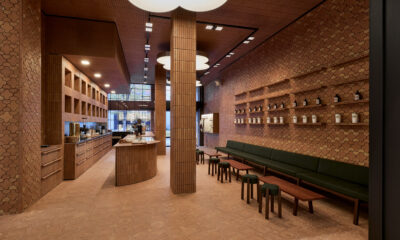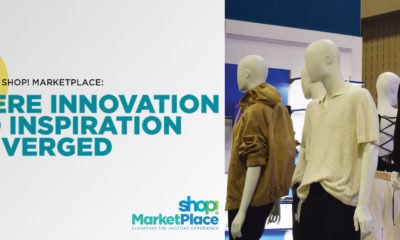Your background is in social and cognitive psychology. How did you become interested in how environmental cues affect our thoughts and actions?
One of the things I noticed as I got further into my graduate career was how many really surprising effects arose from very, very subtle changes in the world around us, and how sensitive humans are to these changes. What was especially interesting is that so many of them were counterintuitive, or very hard to predict ahead of time.
Let’s talk about how your book, “Drunk Tank Pink: And Other Unexpected Forces That Shape How We Think, Feel, and Behave,” got its name.
“Drunk tank” pink is a shade of bright, bubble gum pink. In the late 1970s and early ’80s, psychologists were trying to figure out how to improve the behavior of students in classrooms. They got a grant from the Canadian government, which said, ‘You can paint all sorts of classrooms different colors, and we’ll see which ones have the best effects.’ For some reason, this really bright bubble-gummy pink color calmed the students down, made them more well-behaved and reduced their delinquency rates.
Something as simple as exposure to a color changed their behavior?
There’s something about it that calms people down, even makes them a little bit physically weaker. There’s this famous experiment where [scientists] held up pieces of pink and blue cardboard in front of college-age males and asked them to grip a device that measures grip strength. They found that they were less able to grip strongly when they were looking at pink rather than blue.
How do these findings relate to retail design?
What happens when you go shopping in the real world [is that] buying becomes an experience – something you do, it has a narrative. You look at the options, you pick something, and you take it home. That experience is really important for a human’s wellbeing. We thrive on narrative and on experiences, and when you search for something online and you buy it, it truncates that whole experience. It makes it much less of an experience than it would have been if you’d gone out and actually shopped in the store.
Is there a finding in your research that’s truly surprised you?
Humans like things that remind them of themselves. We’re a pretty egocentric species, and anything that feels like a metaphorical mirror, as though we’re looking at ourselves, is appealing to us. We all process thousands of marketing messages, yet if there’s a hurricane that happens to share the first initial [in your name], then there’s enough of a personal overlap that it attracts your interest – it cuts through the noise.
 |
Adam Alter presented the general session, “Drunk Tank Pink: The Unexpected Forces that Shape Our Thoughts, Feelings and Behaviors,” during the 2017 International Retail Design Conference (IRDC) in New Orleans this past September. Be sure to save-the-date for IRDC 2018, taking place at the Motif Hotel in Seattle, Oct. 2-4, 2018. For more information on IRDC, please visit irdconline.com and become an “IRDC Insider” to receive regular updates on the upcoming conference.
Advertisement
|


 Headlines1 week ago
Headlines1 week ago
 John Ryan2 weeks ago
John Ryan2 weeks ago
 Headlines7 days ago
Headlines7 days ago
 Headlines2 weeks ago
Headlines2 weeks ago
 Headlines1 week ago
Headlines1 week ago
 Retail Buzz3 days ago
Retail Buzz3 days ago
 Headlines1 week ago
Headlines1 week ago
 Headlines1 week ago
Headlines1 week ago


















